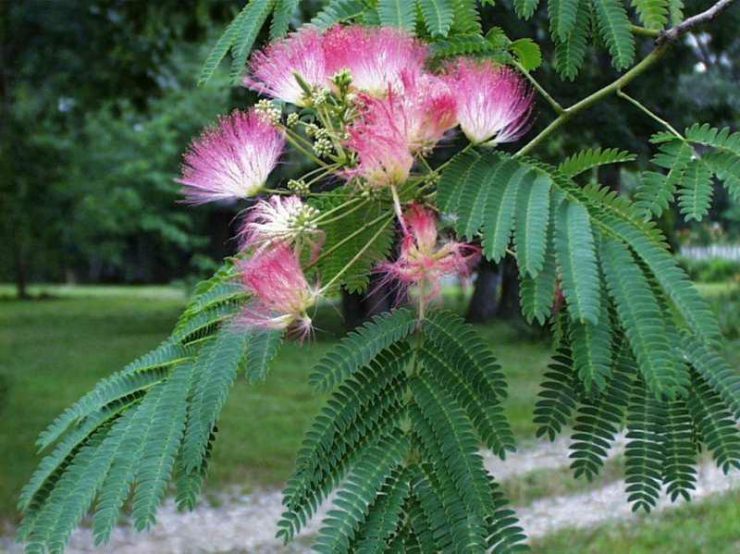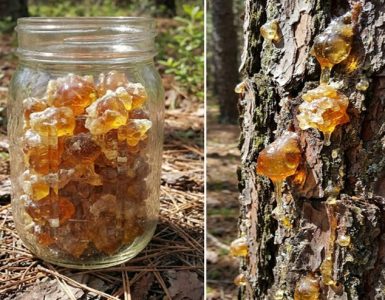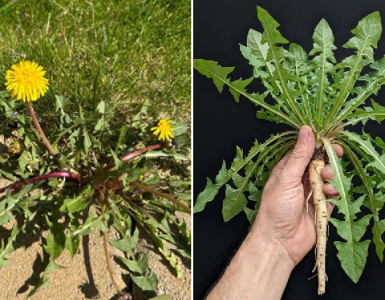The Albizia julibrissin, commonly known as the mimosa tree, silk tree, or Persian silk tree, has a variety of traditional uses and potential benefits. These include medicinal, ornamental, and ecological applications:
Medicinal Uses
The mimosa tree is highly valued in traditional medicine, particularly in Chinese, Ayurvedic, and other herbal systems. The bark and flowers are the primary parts used for therapeutic purposes.
1. Stress and Mood Disorders
- Calming Effect: The bark (known as “He Huan Pi” in Traditional Chinese Medicine) is used as a natural sedative to alleviate stress, anxiety, and insomnia.
- Mood Booster: The flowers (“He Huan Hua”) are considered a mild antidepressant and are used to enhance mood and combat irritability.
2. Anti-inflammatory Properties
- The bark is believed to have anti-inflammatory effects and is used to treat swelling, injuries, and inflammation-related conditions.
3. Immune Support
- Extracts from the tree may have immunomodulatory properties, potentially helping to support a balanced immune response.
4. Sleep Aid
- The flowers are often used in herbal teas to promote relaxation and improve sleep quality.
5. Digestive Health
- The bark and leaves are sometimes used in traditional remedies for digestive disturbances, including diarrhea and ulcers.
6. Wound Healing
- Traditional uses include applying powdered bark to wounds to promote healing and prevent infections.
Ornamental Uses
- Aesthetic Appeal: The mimosa tree is widely planted for its beautiful, feathery, pink silk-like flowers, which attract pollinators such as bees, butterflies, and hummingbirds.
- Shade Tree: Its wide, spreading canopy makes it a popular choice for providing shade in gardens and parks.
Ecological Uses
- Nitrogen Fixation: The tree is a legume, meaning it can fix atmospheric nitrogen in the soil, improving soil fertility and aiding in reforestation efforts.
- Erosion Control: Its root system can help stabilize soil in areas prone to erosion.
Practical and Other Uses
- Crafts: The wood, while not very durable, can be used for small-scale woodworking or crafting.
- Natural Dye: The bark and flowers can be used to produce natural dyes.
- Animal Fodder: The leaves and seed pods can be used as fodder for livestock in some regions.
Precautions and Considerations
- Invasiveness: In some regions, the mimosa tree is considered invasive because it spreads quickly and can displace native plants.
- Allergic Reactions: Some people may experience allergic reactions to the pollen or contact with the plant.
- Potential Toxicity: While traditionally used in herbal medicine, it’s crucial to consult a healthcare professional before using mimosa for medicinal purposes to avoid adverse effects.






Add comment